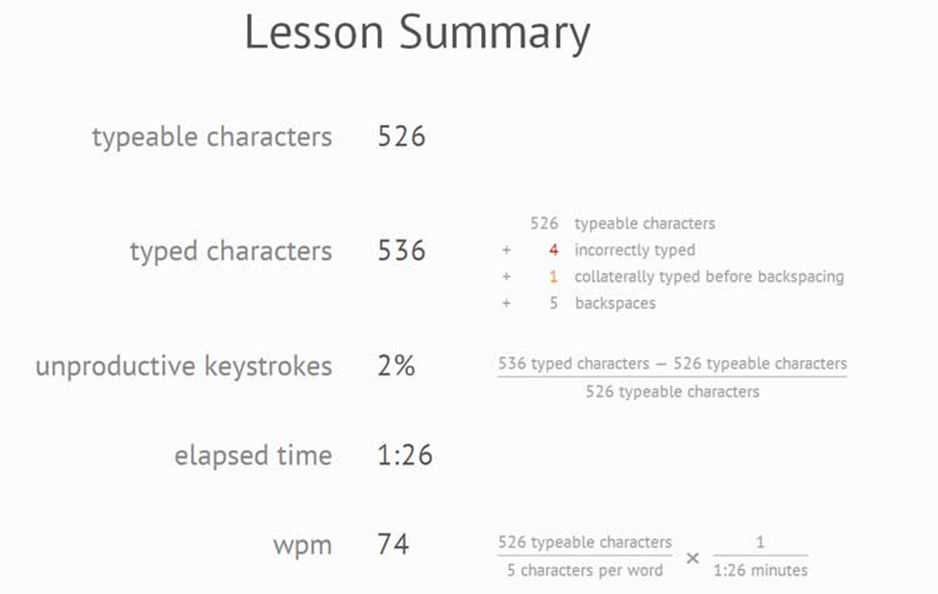Quick note on automation
Automation should result in organizational flexibility.
However, this is not a necessary consequence of automation.
Let met back up.
Prior to computers, all work needed to be performed by a human being. Humans, in general, are pretty smart: even the lowest paid workers usually have some ideas about how to do their job better (faster, more easily, with less error, etc). In general, management and organization involves taking those ideas; evaluating them; distributing them; and ensuring compliance.
Each step involves work by a human. However, people only have so much work they can perform in a day. This varies to some extent by person, and varies significantly based on the environment they’re in and the process that supports them, but is ultimately finite — and, in my opinion, quite low. I think you can get 3-5 hours of cognitively challenging / attentive work, per day, out of people on an ongoing basis.
Ideally, automating any part of a business’ process should act to reduce the amount of cognitively challenging work that employees do per day — enabling them to spend that portion on other work. This can either be directly value-adding, or kept as “flex” time for emergencies and one-off issues (which end up being surprisingly common).
Unfortunately, this does not always occur. I lay considerable blame at the feet of people conflating automation with enforcing compliance: a computer system can reduce competitive work, but it can also ensure that everyone follows a strict, unyielding process.
While process compliance is important, people tend to underestimate the number and importance of one-off exceptions to that process; leading to strife when employees need to make an exception the system does not allow for.
Similarly, computers can greatly increase the audit trail or visibility into the work employees do. However, adding visibility for its own sake is rarely value-adding, and in my opinion increasing the amount of data entry employees do can be a net drain on their productivity.
Instead, I think that software should be introduced as a way of creating found time: reducing the amount of boring, repetitive work that people perform, and freeing them to tackle important-but-not-urgent items on their task list. I would prefer to see success measured by a decrease in the amount of time spent achieving broader corporate goals, or the number of business objectives – especially those not considered business-critical – that an organization accomplishes within a year.
Technology frequently has a holistic impact on an organization. As such, a key metric should be holistic in nature. This has all sorts of problems – confounding being chief among them – but many of the more visible metrics act to distort the goals of implementation.


